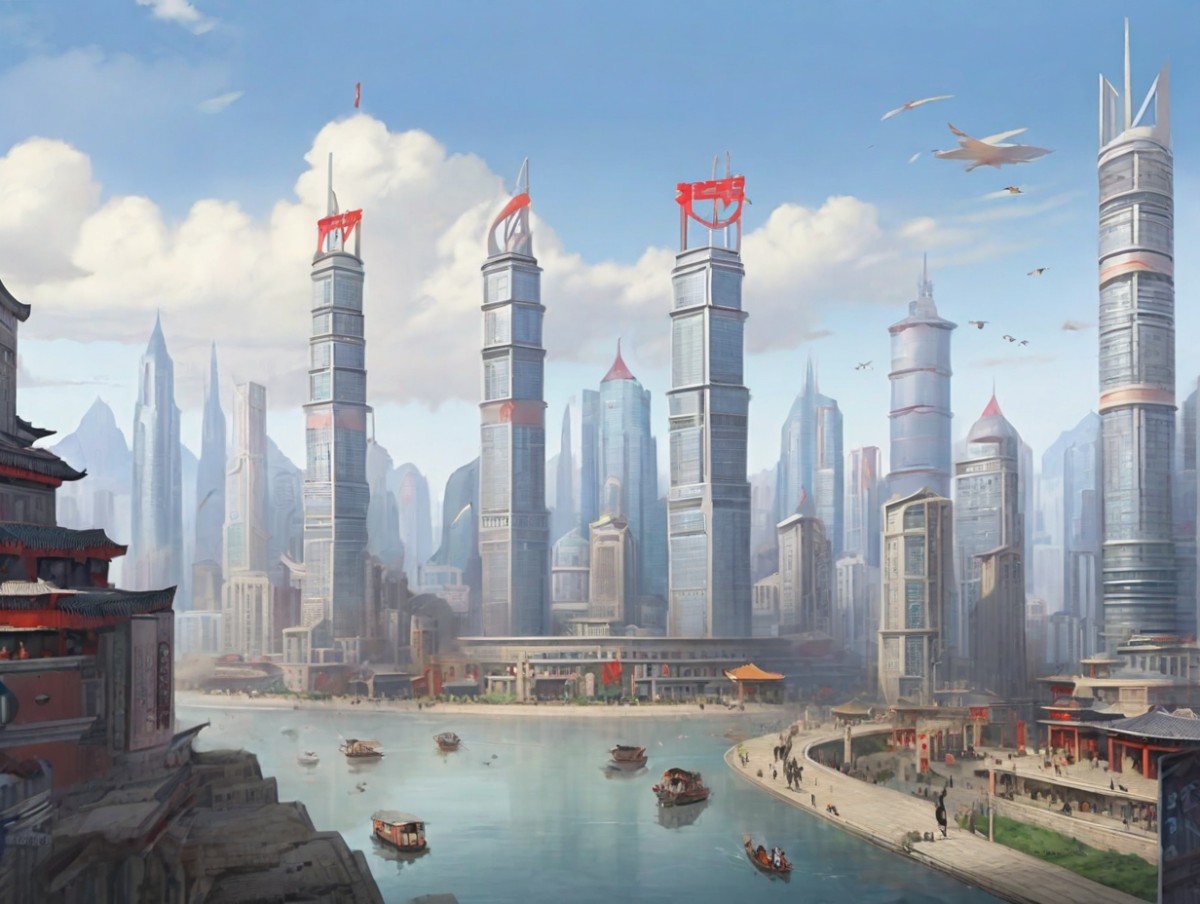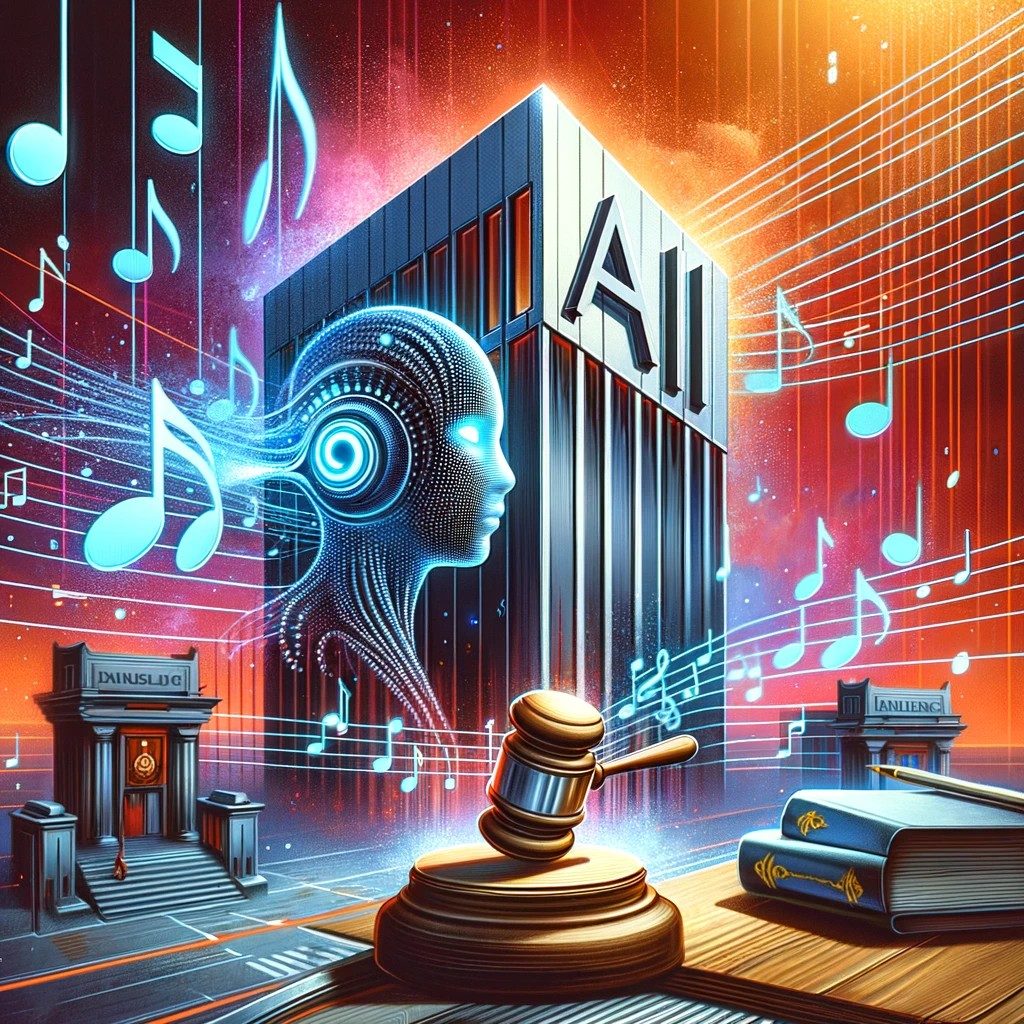In response to the recent unveiling of OpenAI’s text-to-video model, Sora, Chinese researchers, and investors are grappling with renewed concerns over the nation’s position in the global artificial intelligence (AI) landscape. Sora’s emergence has highlighted China’s lag in generative AI technologies, prompting introspection reminiscent of the aftermath of the launch of ChatGPT in 2022.
Sora’s impact and China’s lag in generative AI
Sora’s introduction on February 16th marks a pivotal moment in the AI sphere, particularly as it ventures into video generation, where China faces considerable challenges. The country’s endeavors in generative AI have been hampered by limitations in accessing essential tools like advanced graphics processing units (GPUs), compounded by escalating US export restrictions.
Despite China’s ambitions to leverage its vast data reserves for AI development, recent advancements in generative AI have underscored the nation’s position as a technological laggard. The gap between Chinese AI players and their American counterparts continues to widen, raising questions about Beijing’s internet governance model and its efficacy in fostering innovation.
Industry responses and government initiatives
In response to Sora’s unveiling, Chinese authorities have urged state-owned enterprises to spearhead AI initiatives, acknowledging the imperative of embracing technological shifts. However, the specific firms that champion AI advancements have not been disclosed, leaving speculation about the country’s strategic approach to AI development.
Meanwhile, industry experts emphasize the significance of talent, data, and computing power in narrowing the technological gap. Some foresee Chinese engineers decoding Sora and leveraging local resources to develop similar models, albeit with potential disparities in performance and capability compared to Sora.
Challenges and opportunities in China’s AI landscape
While Chinese tech giants like Baidu, Tencent, and Alibaba have unveiled their large language models (LLMs), few match the sophistication of Sora, primarily due to the absence of novel architectures like the Diffusion Transformer (DiT). ByteDance’s in-house tools, while promising, still lag behind leading video generation models in terms of quality and fidelity.
Despite efforts to replicate Sora’s capabilities, China faces significant hurdles, including limited access to advanced chips, scarcity of quality data, and talent drain to overseas competitors. The country’s tech market is increasingly isolated, exacerbating challenges in hardware procurement, data acquisition, and talent retention.
Future outlook and potential pathways
Looking ahead, Chinese AI entrepreneurs remain optimistic about the country’s ability to produce Sora-like models shortly, albeit with potential disparities in performance. However, questions linger about the sustainability of China’s AI ambitions amid ongoing trade tensions and technological constraints.
As China navigates these challenges, opportunities for innovation and collaboration abound. Local video models tailored to the Chinese language and culture could offer unique advantages, tapping into the nation’s diverse cultural heritage and catering to specific user preferences.





